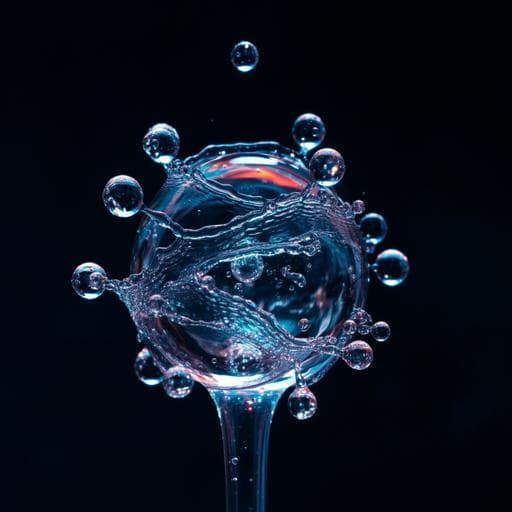
Engineering and Technology
Multiphysics simulation of acoustic trapping and streaming in a TinyLev acoustic levitator for the assembly of artificial cells
J. Li, O. K. Castell, et al.
This research conducted by Jin Li, Oliver K Castell, Bruce W Drinkwater, David A Barrow, William D Jones, Wenxin Xu, Peter R Lamerdin, Melissa J Blake, and Ben Murrell explores the innovative use of acoustic levitation to assemble artificial cells. The study reveals fascinating dynamics of acoustic trapping and streaming through advanced simulations, shedding light on new possibilities in artificial cell technology.
~3 min • Beginner • English
Related Publications
Explore these studies to deepen your understanding of the subject.







